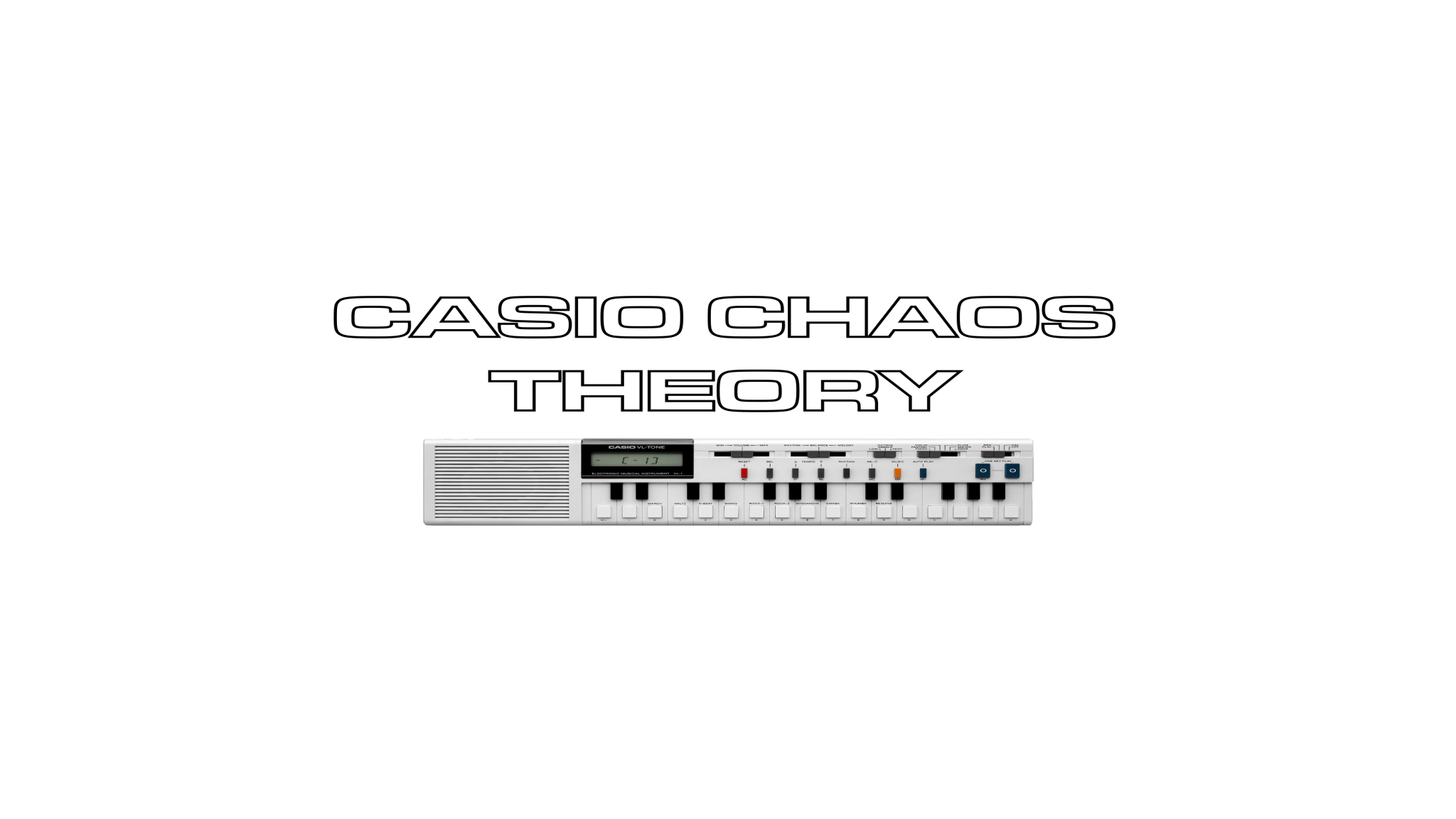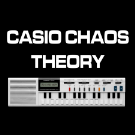-
Posts
1,041 -
Joined
-
Last visited
Community Answers
-
Chas's post in Casio 701 adding Midi was marked as the answer
As Joe mentioned above, the UMR Highly Liquid MIDI controller has been fitted to many non MIDI equipped keyboards. It's now open source, so not that easy to find unless you build it yourself. There are also a ton of commercial offerings that do the same thing, but they can be expensive. If you do a Google "MIDI retrofit" search you will find many options:
As all Casios are mostly under digital control, adding CV/ Gate won't be an option as there aren't that many features in Casios that use control voltage. The earlier Casios/ Casiotones, such as the 701, had analogue accompaniment sections. But the main voice generation and keyboard control is mostly/ entirely digital. The CT701, along with its handful of related models, actually uses a primitive form of digital Sine Wave synthesis. Most other early Casio keyboards use Vowel Consonant synthesis.
I'd see how you get on with your CT701 before thinking about retrofitting MIDI to it. They look gorgeously retro, and have a unique organ type sound, but they are actually quite limited because of the Sine Wave synthesis used. Probably why Casio dropped it and continued with the Vowel Consonant models. However, put them through effects and they really come alive - chorus, phaser and reverb can work wonders with them.
-
Chas's post in How to use Casio CT-S300 to control midi device? was marked as the answer
You can control your Microfreak with the CT-S300 over USB, but only via a USB host. You would use the micro B USB connector in the Casio to connect to a host, and connect your Microfreak to the same host and route the two together. It's not possible via USB MIDI to connect two USB MIDI devices directly/ without a host.
-
Chas's post in CZ-5000 Stereo Chorus slider extremely loud and unexpected distortion issue? was marked as the answer
The big CZs use an analogue BBD stereo chorus chip that is known to deteriorate with age and become noisy. I forget the name of the chip, but some people have replaced they with new chips and successfully eradicated the noise.
It could also be that your chorus slider has become dirty/ oxidized and needs cleaning. The same likely applies to the volume slider.
Another possible cause of output noise/ volume issues is the output relay. Sometimes these just need cleaning, sometimes they need replacing.
All the above are typical age related CZ issues, and if you are lucky a simple clean of the affected components and/ or a light service should have your CZ back in good shape again.
-
Chas's post in 1 million dollars ask - Performance Mode was marked as the answer
Unfortunately, no. From what I understand, the XW needs a lot of processing power for each of the Solo Synth, Hex Layers and Drawbar modes. It can only work with one mode at any one at a time.
Maybe the next generation "XW-P2" will allow simultaneous operation of these modes (hope you are reading this Casio engineers!)
-
Chas's post in Casio Gear Photo Contest was marked as the answer
Inspired by the above post from Scott, I decided to get all my Casios out and into one place for a photo session. Then I could enter the picture into the 'Casio Rig' photo contest. As I brought them all down into the front room I quickly realised that there was no way I could get them all in one place for a photo. I ended up with most of the big/ flagship Casios on stands, a group of smaller Casios on the couch and the rest spilled out into the hallway. Kind of not sure whether I should enter or not now as it looks more like I have an obsessive compulsive disorder to collect Casios... Anyway, here's what they look like.
Picture one shows most of what I call the 'King Casios'!
1. XW - G1
2. XW - P1
3. VZ-1
4. CZ-1
5. CZ 3000
6. MZ 2000
7. HT 6000 (working)
8. HT 6000 (not working)
And note the super cool genuine chrome and black Casio 'Z' stand holding up the CZ3000!
Picture 2 shows most of the smaller/ baby Casios:
(From left to right, front to back)
(back row)
9. MT 65
10. MT 68
11. MT70
12. CZ101 (legendary!)
13. HT700 (one the most fun and inspiring Casios I own)
14. CT410V (great fun - onboard analogue filter!)
(middle row)
15. Casiotone 403
16. MT520
17. MT750 (with broken keys - it came to me like that)
(front row)
18. PT80
19. M10 (with lovely Casio fabric cover/ carry bag! I bought this one as the M10 was allegedly used by the Human League when writing 'Dare').
20. VL1/ VL Tone with original carry case
Picture 3 shows most of the mid sized Casios I own:
(From left to right)
21. Casiotone 201 (I believe this is the very first Casio keyboard)
22. HZ 600 (the 'pro' of the HT series, though the HT3000 had more features and the HT6000 whoops its ass!)
23. Casiotone CT6000 - a preset synth using PD sound synthesis and odd drums (with 'super accompaniment')
24. CTK1000 - with the iXA sound source. Has some very unusual sounds on it.
25. CT7000 - consonant vowel synthesis, a built in sequencer and stereo panning effects.
26. CT1000P - sine wave based synth with 1000 possible combinations
(at the front)
27. FZ20M - the rack version of the FZ1 with the 2MB memory and the SCSI connector.
28. HT700 - the 2nd HT700 I own, this one is in pristine condition and boxed, plus it came with the mega rare RA100 Ram Card
There you have it. I have 28 Casio keyboards. It would have been 29 a couple of weeks ago as I had another CT403 that I managed to sell!
Now Scott, tell me again that one can't have too many Casios....


